‘Graphic’ signs and more saltie removals urged under new croc plan
Hard-hitting croc warning signs and the removal of crocs from known swimming holes have been pushed by Far North leaders, urging a beefing up of waterway user protection. Have your say.
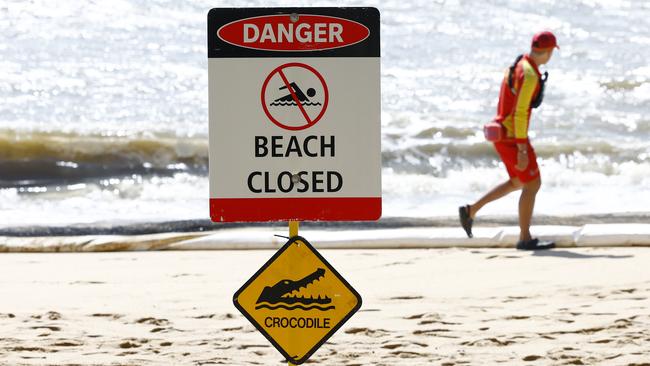
Cairns
Don't miss out on the headlines from Cairns. Followed categories will be added to My News.
Hard-hitting croc warning signs and the removal of crocs from known swimming holes have been pushed as reforms by Far North leaders, urging a beefing up of waterway user protection.
Last week the release of a long-awaited update to the 2018 Queensland crocodile management plan drew criticism from Far North leaders for failing to gazette new croc removal zones, off the back of the encroachment by crocs into areas previously regarded as swim areas to swim.
Maps released under the draft plan show a targeted removal zone at Ross and Locke remains despite few daring to swim there and no new removal zone has been added to the upper reaches of the Mulgrave River at Goldsborough.
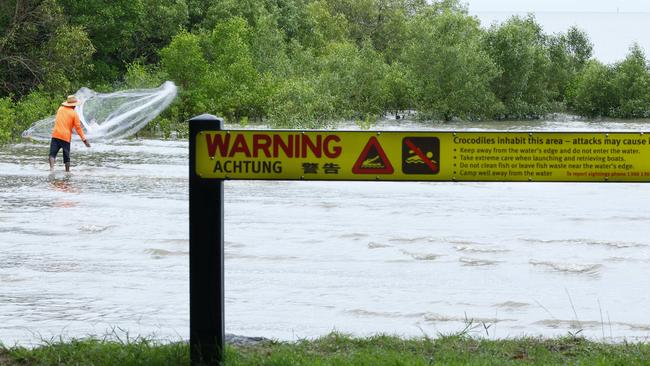
While supporting the new four zoning categories and trapping of all crocs from active removal zones regardless of size or behaviour, Cairns Regional Council Division 1 Councillor brett Moller said other parts of the plan had missed the mark.
“(We need) infographic signage warning locals and visitors about crocodiles in line with a graphic message we are seeing making a difference at Babinda Boulders,” he said.
“The current smaller signs do not seem to be working and that seems to have been acknowledged by the department, so we need larger and harder hitting signs warning of the dangers and encouraging croc wise behaviour.”
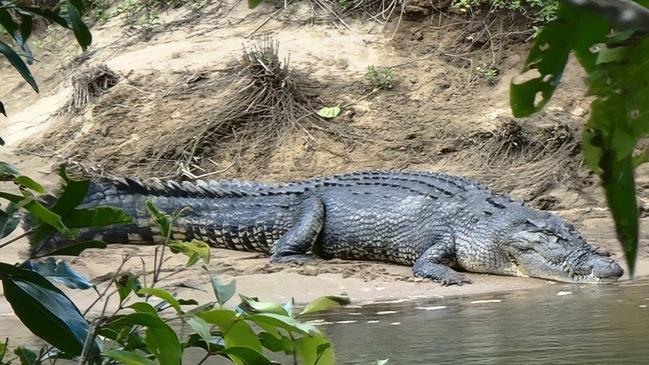
Mr Moller said the state government had a “responsibility to protect” croc-free swim spots at which traffic had dramatically increased due to movement of crocs into creeks that are now unsafe.
Babinda Boulders and Crystal Cascades were two areas flagged by the Division 1 councillor as examples.
Steel fences around floating boat ramp pontoons to protect fishermen and children from croc attack and the inclusion of farm drains as atypical habit zones to protect farmers were other points made in Mr Moller’s submission to the draft management plan.
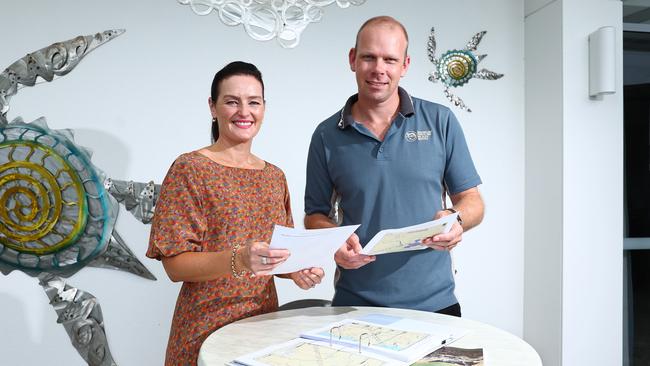
The retention of rules which dictate that only large crocodiles, or those displaying dangerous behaviour would be trapped in targeted removal zones, was a controversial part of the draft plan that Mr Moller said he would like to see changed before implementation.
“This does not help the issue around popular swimming holes that are not (active removal zones) and that is a concern raised by community that want to use places like Goldsborough,” he said.
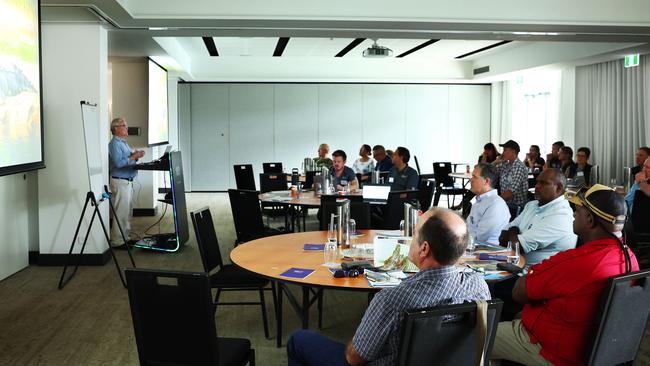
Goldsborough Valley resident Sonya Bielek said she had made a submission and had encouraged others to follow suit given the danger lurking in her Mulgrave River doorstep.
According to new zoning maps there will be no new removal zone at the upper reaches of the Mulgrave River at Goldsborough, despite the impassioned pleas from locals, Indigenous custodians and commercial water-sport operators.
“It’s disappointing but not surprising,” she said.
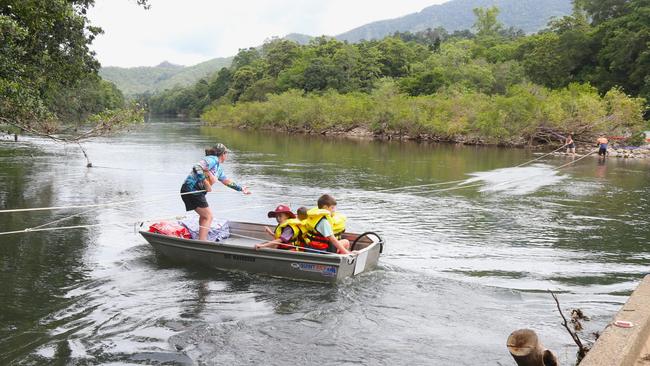
“So now, we have to wait until there is an attack I guess.
“I’m sure it will happen soon enough when the bridge is finally back in and people are making the most of the camp spots out here again en mass.
“Especially considering how high up we are seeing them now and the behavioural changes they have shown.”
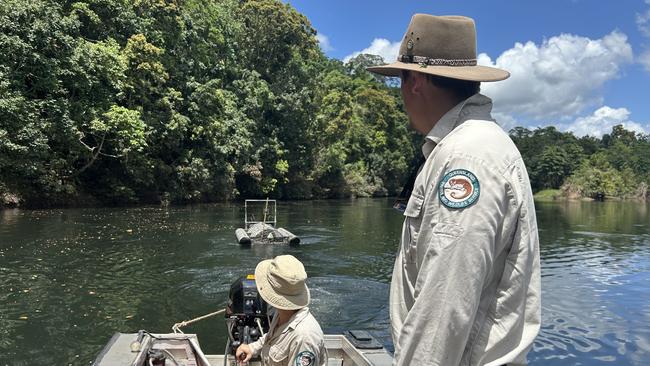
As the only former croc farmer in the federal parliament, Leichhardt MP Warren Entsch said he had “strong interest” in the state’s management of crocs in his electorate.
“I have had a look at the plan and my only comment is there can be zero tolerance and they have to be working on places like Goldsborough as a removal zone,” he said.
“Locals need some place to swim and there is no reason they can’t have zero tolerance in those areas.”
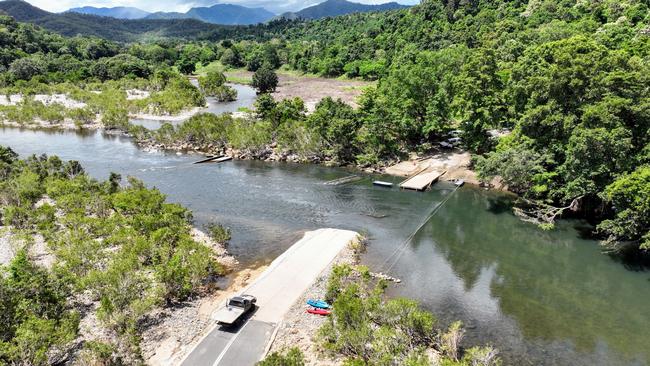
Hinchinbrook MP Nick Dametto agreed.
“Queenslanders’ lives must take precedence over crocodiles, and in my opinion until crocodiles are removed from all populated areas that are used for recreational and leisure activities, we will be no closer to restoring balance in our waterways,” he said.
An online survey can be completed on the Department of Environment, Science and Innovation website or written submissions can be emailed to des.crocodiles@des.qld.gov.au.
More Coverage
Originally published as ‘Graphic’ signs and more saltie removals urged under new croc plan





